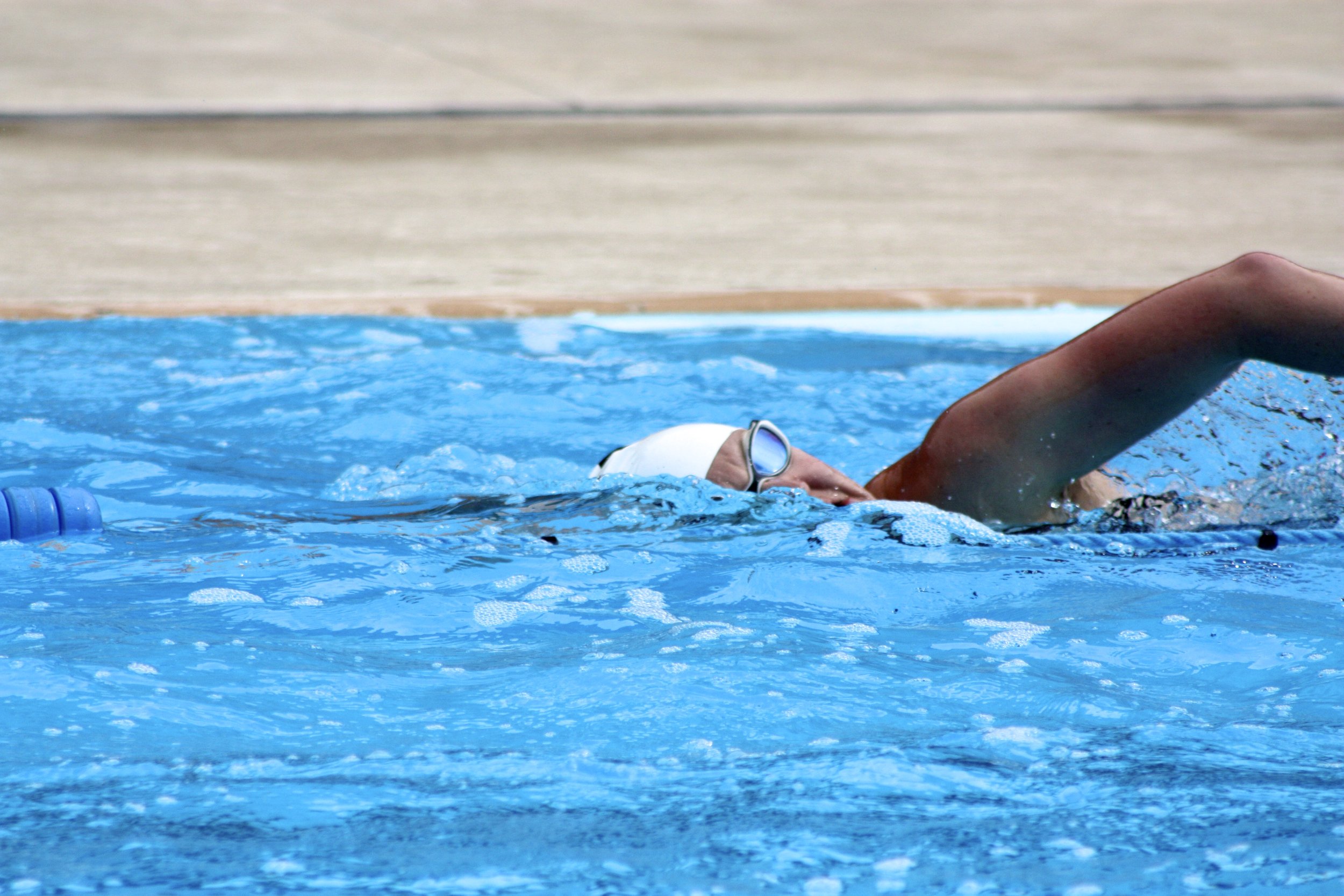
Comprehensive Triathlon Nutrition Plan
This triathlon-specific plan is designed to meet the unique demands of Sprint to Olympic distance Triathlon events. By addressing the challenges of fuelling across swim, bike, and run disciplines, it ensures sustained energy and hydration while supporting peak performance. This plan is similar to the Long Course Triathlon plan, but with a focus on higher relative intensity, shorter race duration and simplified logistics. The plan integrates gut training, strategic fuelling, and hydration strategies tailored to the distinct phases of a triathlon, including bike storage solutions, aid station utilisation, and running under fatigue.
Plan Overview
Duration: 10–12 weeks.
Primary Goals:
Build gut tolerance for fuelling at race intensity (60-90g/hr CHO, as 60-90g/hr on the bike and 40-60g/hr run)
Optimise hydration and electrolyte balance for short, high intensity efforts.
Refine race-day strategies, including use of nitrate, caffeine, beta-alanine).
Fuel format mostly gels and sports drinks only.
Maintain strong gut integrity and mental clarity through competition.
Refine race-day fuelling transitions.
For the long course triathlon version, see here
Phase 1: Baseline Assessment and Initial Adaptation (1–4 Weeks)
Objective: Set foundational habits: CHO/protein daily intake, hydration, and initial gut adaptation.
Key Actions:
Baseline Testing:
Sweat Rate and Sodium Testing: Conduct a sweat test during a long bike ride and a separate run to estimate fluid and sodium needs.
GSRS Questionnaire: Assess baseline GI symptoms.
VO₂max or Lactate Threshold Testing (if accessible): Determine energy demands at race effort.
Nutrition:
CHO: 4–6 g/kg/day; Protein: 1.6–2.2 g/kg/day
Hydration: ~3 L/day + electrolytes (~500 mg Na/L)
Gut Training: 30–40 g/h CHO during long endurance sessions (1h+ rides/runs)
Supplements:
Creatine 3–5 g/day to support recovery and sprint power
Nitrate (400–600 mg/d beetroot) during key sessions
Strengths: Low-risk introduction to gut fuelling, hydration awareness, foundational supplement trialing.
Baseline Testing:
GSRS Questionnaire: Assess baseline GI health (e.g., symptoms like bloating, diarrhoea, reflux).
Sweat Rate Test: Conduct a 60-90 minute moderate-intensity session:
Weigh pre- and post-session.
Record fluid intake to calculate sweat rate and determine fluid replacement needs using the precision fuel and hydration spreadsheet.
Phase 2: Build Phase (Weeks 5–8)
Objective: Increase fuelling intensity to race range; introduce supplementation and transition training.
Key Actions:
Nutrition:
CHO: 60–90 g/h during brick sessions (20–30 min runs off bike)
Hydration: 500–750 mL/h + sodium (~500 mg/h)
Gut training piece: alternating glucose/fructose mix
Supplementation Protocol:
Beetroot 400–600 mg/day for three days pre-key block
Beta-alanine 3–6 g/day for buffering in faster efforts
Continue creatine
Phase 3: Race Simulation Phase (Weeks 9–10)
Objective: Test race fuelling under realistic conditions, including swim-to-bike loop.
Key Actions:
Fuel Strategy:
Practice pre-swim CHO drink 15 min before start (~30 g)
Mid-race: 60–90 g/h CHO on bike (gels or drinks); 40–60 g/h during run
Fluid: 600–800 mL/h of sports drink
Race Tactics:
Swim-to-bike transition nutrition (gel/bottle in T1 belt)
Test caffeine: 3 mg/kg pre-bike or +50 mg pre-run
Diagnostics:
GI tracking with GSRS
Mental cues: “smooth swim, steady pedal, strong run”
Phase 4: Taper & Pre-Race (7–10 Days)
Objective: Top-up glycogen, hydration, and mental preparedness.
Key Actions:
Nutrition:
CHO: 6–8 g/kg/day with low-fibre options
Pre-race breakfast: ~100–150 g CHO (porridge, banana)
Pre-race nitrate (2 h pre)
Beta-alanine if tolerated
Mental Practice:
Roll through race fuelling and hydration routines
Reinforce mantra and visualisation techniques
Race Day Execution
Swim:
No fuelling during swim — pre-swim drink suffices
Bike:
CHO: 60–90 g/h with gels & isotonic drinks
Fluid: 500–750 mL/h with sodium min 500 mg/L
Run:
40–60 g/h CHO, focus on gels/liquids only
Caffeine 3 mg/kg if >90 min into race
Hydration as needed
Mental Reinforcement: Use chosen mantras at key splits
Post-Race Recovery (Week 11–12)
Follow the comprehensive post-race plan (e.g., rehydration, creatine, glutamine, probiotics, omega-3, curcumin, and mindful reflection).





